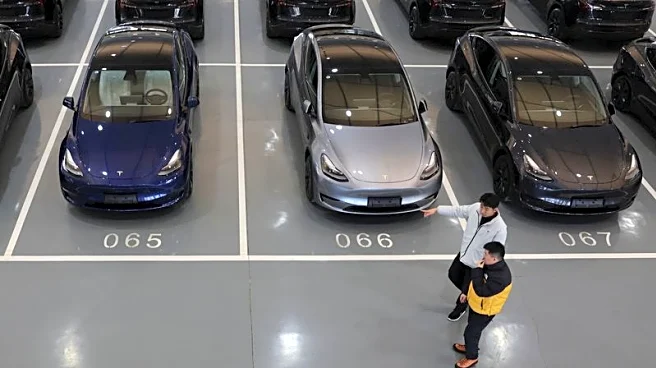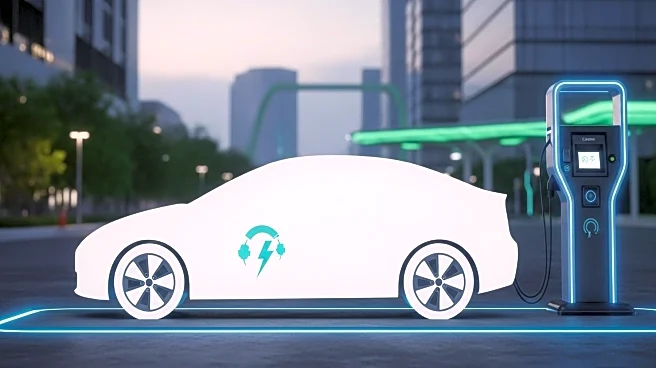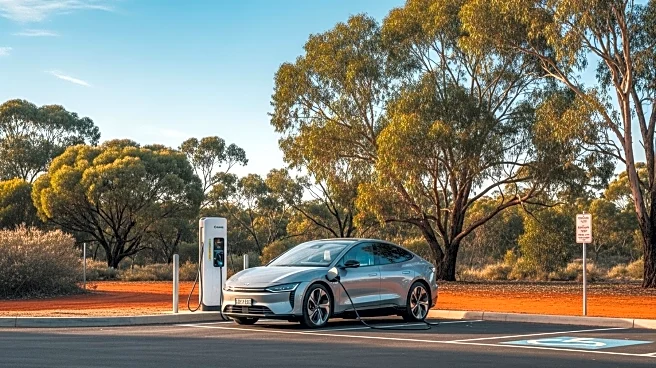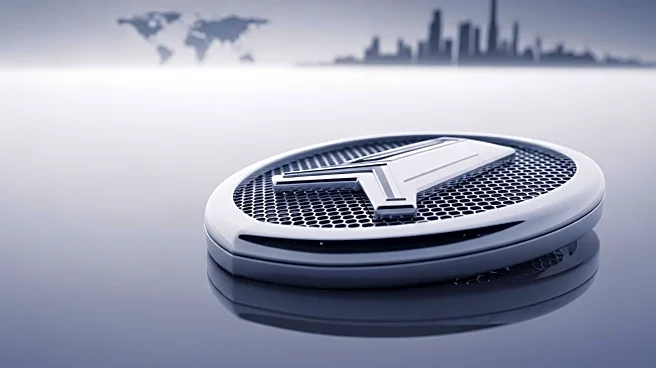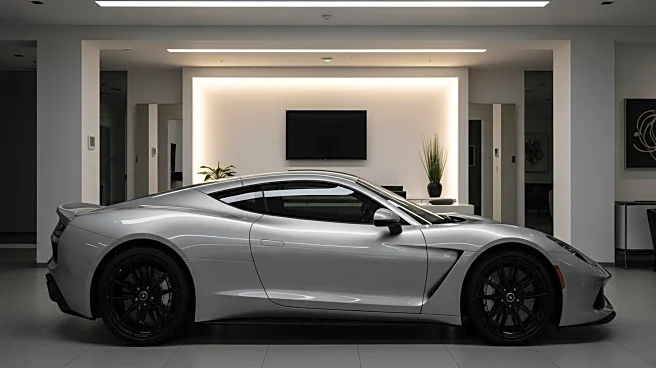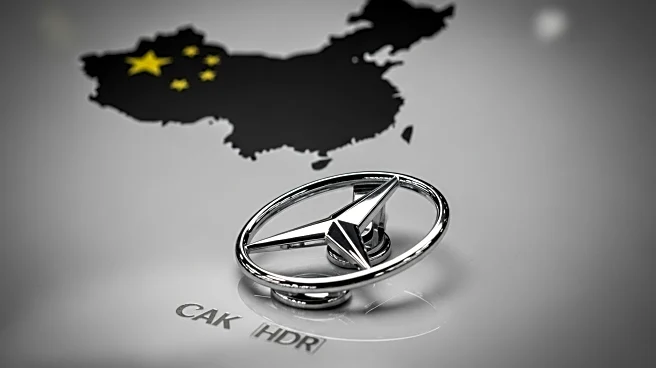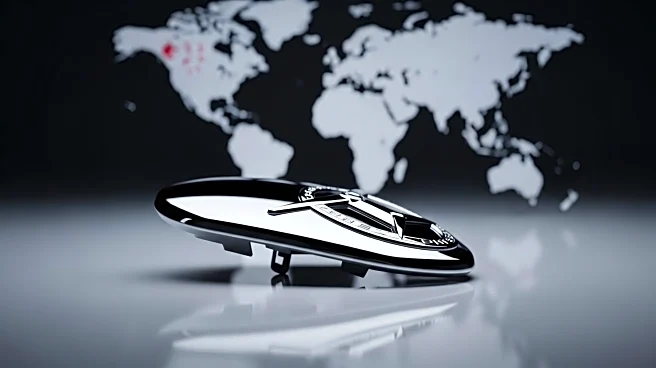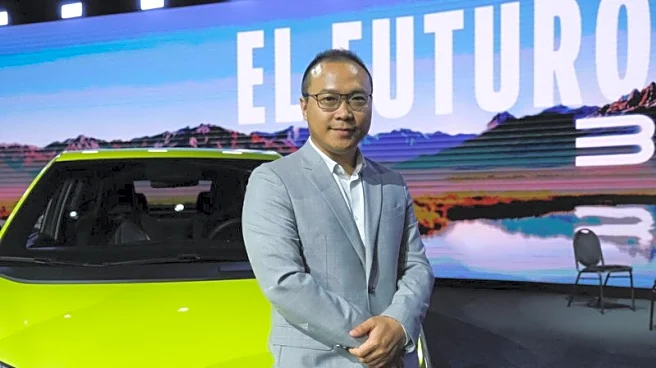What's Happening?
BYD has introduced significant upgrades to its Yuan Plus model, also known as Atto 3, as revealed in recent regulatory filings with China's Ministry of Industry and Information Technology. The vehicle now features a 308 hp TZ200XYC permanent magnet synchronous motor, marking a shift to rear-wheel drive (RWD) from the previous front-wheel drive (FWD) configuration. This change is accompanied by an 800V architecture, enhancing charging speed and efficiency. The vehicle's weight has increased, likely due to a larger capacity battery, reflecting improvements in energy density. The model also includes interior updates such as a heads-up display and a relocated shifter. These changes are part of BYD's strategy to enhance vehicle performance and specifications without significant price increases, aiming to compete in global markets.
Why It's Important?
The upgrades to the BYD Yuan Plus signify a strategic shift in the automotive industry, focusing on value enhancement rather than price reduction. By increasing performance and specifications, BYD aims to attract global consumers, potentially boosting its market share outside China. The move to RWD and the adoption of an 800V architecture could improve driving dynamics and charging efficiency, appealing to consumers seeking high-performance electric vehicles. This strategy contrasts with competitors who are reducing features to cut costs, highlighting BYD's commitment to innovation and quality. The changes could influence market trends, encouraging other automakers to prioritize value and performance in their offerings.
What's Next?
BYD's Yuan Plus is expected to enter global markets soon, with the company likely to continue its strategy of enhancing existing models rather than introducing new ones. The vehicle's increased power and RWD configuration suggest it is designed to perform well at higher speeds, catering to international consumers. As BYD shifts focus from price wars to value wars, other automakers may respond by reevaluating their strategies, potentially leading to increased competition in the electric vehicle sector. The market's reception to these changes will be crucial in determining the success of BYD's approach.
Beyond the Headlines
The shift in BYD's strategy reflects broader trends in the automotive industry, where manufacturers are increasingly focusing on technological advancements and performance improvements. This approach may lead to long-term shifts in consumer expectations, with buyers prioritizing value and innovation over cost savings. Additionally, the move to an 800V architecture could set new standards for charging efficiency, influencing future developments in electric vehicle technology. As automakers adapt to these changes, the industry may see a rise in collaborations and innovations aimed at enhancing vehicle performance and sustainability.

